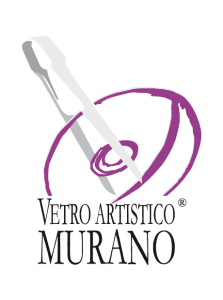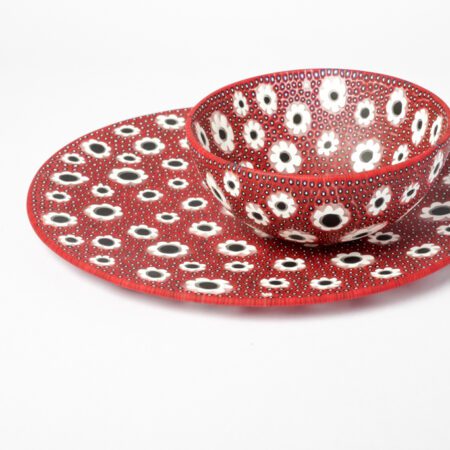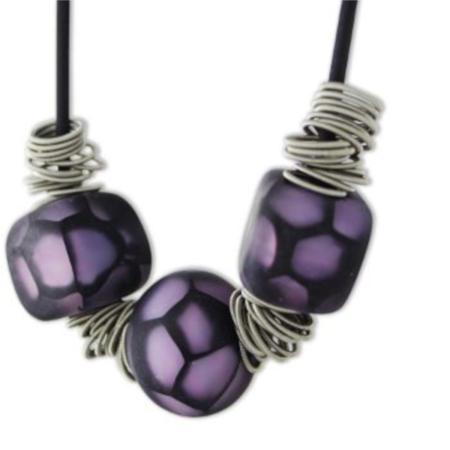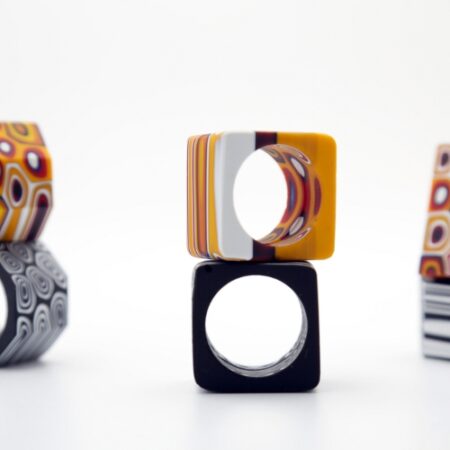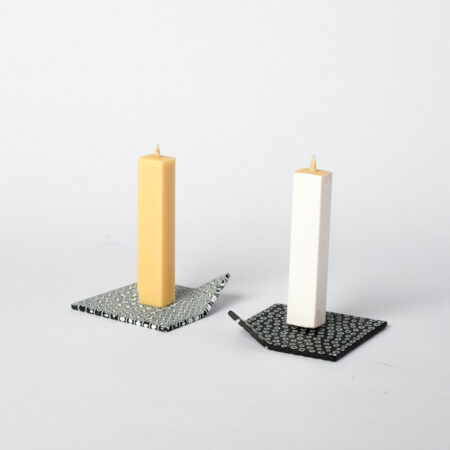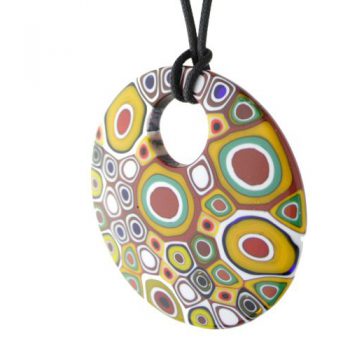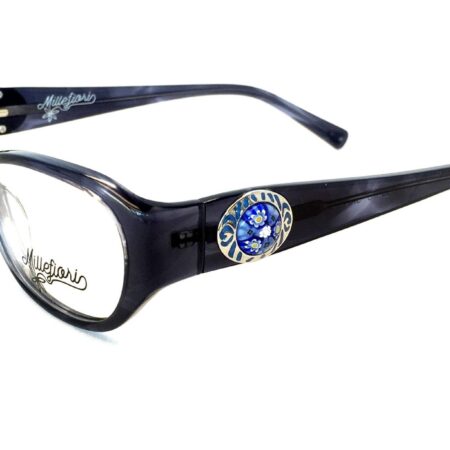
Company Profile
“Ercole Moretti” was established in 1911 on the initiative of three brothers, with the intention of producing two classic types of Venetian glass beads: the “Rosetta” and the mosaic ‘Millefiori”.
The company, now helmed by the founders’ grandchildren, has embraced various kinds of processes over the years to expand its product range. However, murrina glass has always been its core business.
Right from their very first years in operation, the Morettis developed a production of “millefiori” beads that immediately stood out, and still does, for their even execution as well as their unusual and unmistakable finish. The early 1970s heralded the production of murrina pendants which aroused interest for their innovative design and realisation, and they would soon become a classic in the sector.
Later, the Morettis decided to branch out into different sectors by launching a production of dishes and ornaments in murrina; elegant objects that recall the allure of Roman glasswork techniques and which are still some of the most popular products in the entire range.
